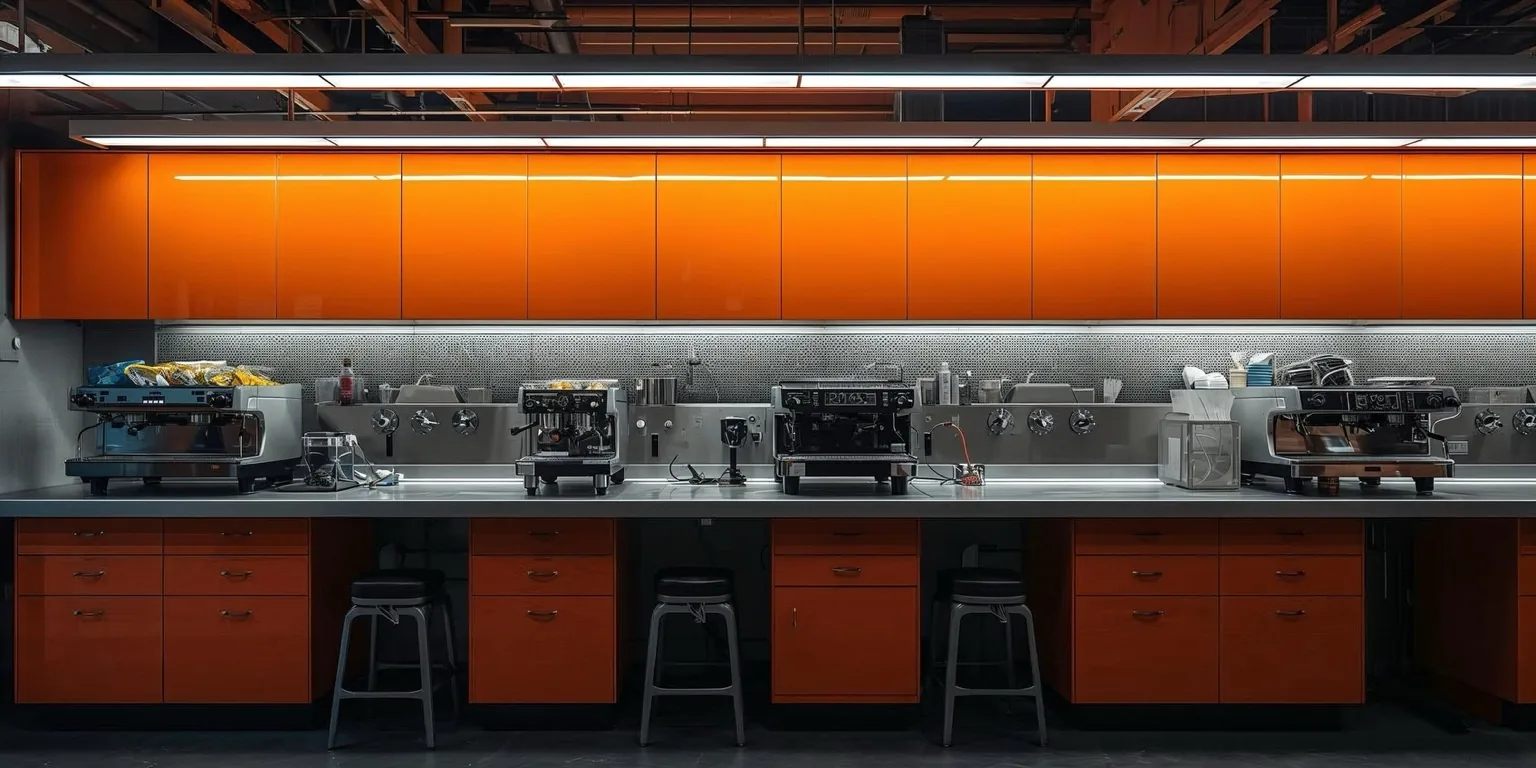Consider repair if:
• Machine is under 5 years old
• Repair cost is under 50% of replacement
• It's a quality brand (Lelit, Breville, Rancilio, La Marzocco, Jura)
• Only needs gaskets, seals, or descaling
Consider replacement if:
• Over 10 years old with major issues
• Multiple components failing
• Repair exceeds 60% of new machine cost
• Parts are discontinued
We sell: Lelit, Breville, Rancilio, Eureka, Baratza & more quality brands
Not sure if we fix your machine? See our complete repair list

